The expandable garden hose has become an indispensable tool in gardening and home maintenance due to its remarkable versatility and efficiency. However, despite its user-friendly nature and numerous advantages, there are several everyday things that many users need to be more careful with, which can considerably reduce the hose's lifespan and effectiveness. This comprehensive article will uncover seven critical mistakes to avoid and provide essential tips for maintaining and utilizing your expandable garden hose to its fullest potential. We will thoroughly explore the intricacies of garden hose care to equip you with the knowledge necessary to steer clear of the common pitfalls associated with these innovative hoses.
1. Leaving the Hose Exposed to Harsh Weather Conditions
One common mistake many people make with expandable garden hoses is failing to provide proper protection from harsh weather conditions. While these hoses are attractive for their lightweight and flexible design, it's important to remember that they need to be shielded from the elements, just like any other garden equipment. When left exposed to extreme cold, the materials of the hoses can become brittle and susceptible to cracking. Additionally, prolonged exposure to sunlight can lead to gradual hose degradation, potentially resulting in leaks or bursts. It's essential to store and care for expandable garden hoses appropriately to ensure their longevity and reliable performance.
Expandable Garden Hose Tips: After using your hose, it's crucial to thoroughly drain any remaining water from it before storing it. To do this, start by disconnecting the hose from the water source and allowing the water to drain completely. Once the hose is empty, coil it up and store it in a shaded, dry area to prevent damage from sunlight and moisture. During the winter or in cold weather, it's best to store the hose indoors to protect it from freezing temperatures, which can cause it to become brittle and crack. By following these steps, you can help ensure the longevity of your hose and prevent unnecessary damage.
2. Not Properly Draining the Hose
It's crucial to drain the hose thoroughly after each use to prevent potential issues. When water is left inside an expandable hose, it can create several problems. The water can freeze during colder temperatures, causing the hose to expand and potentially burst. Additionally, stagnant water inside the hose can become a breeding ground for mildew and bacteria, posing a health hazard and unpleasant odors. Therefore, ensuring the hose is completely drained is crucial to avoid these issues.
Expandable Garden Hose Tips: After each use, it’s crucial to turn off the water supply by closing the water source valve or faucet and activating the sprayer to release any remaining water. Allowing the remaining water to run out of the hose is vital as it prevents water from freezing and causing damage to the hose. Additionally, this practice ensures that the hose contracts back to its original size, making it easier to handle and store without any kinks or tangles.
3. Forgetting to Check Water Pressure
Excessive water pressure can positively and negatively affect gardening activities. While high water pressure can benefit many gardening tasks, it can also pose a significant risk to expandable garden hoses. These innovative hoses are specifically engineered to expand to up to three times their original length when exposed to water pressure. However, it's important to note that subjecting these hoses to pressures beyond the manufacturer's recommendations can result in ruptures or leaks, potentially rendering the hose unusable. Therefore, it's crucial to adhere to the suggested water pressure limits to ensure the longevity and proper functioning of the expandable garden hose.
Garden Hose Care: Always check the manufacturer’s recommended maximum water pressure for your hose and ensure your home's water pressure falls within that range. If the water pressure exceeds the recommended level, it can damage the hose and potentially cause it to burst. To avoid this, you may need to invest in a water pressure regulator to help regulate the water pressure and prevent any potential damage to your hose. Using a water pressure regulator can prolong your hose's lifespan and avoid the hassle and expense of prematurely replacing it.
4. Using the Hose on Rough Surfaces
When you're pulling your expandable hose across the garden, it might appear harmless at first. However, it's essential to be mindful of the surfaces it comes into contact with. Rough surfaces such as sharp stones, thorns, and rough concrete can cause abrasions and punctures on the hose, ultimately leading to leaks. These leaks not only reduce the hose's lifespan but also decrease its effectiveness in delivering water to your plants or garden. Therefore, it's essential to handle the hose with care and avoid dragging it across abrasive surfaces to ensure its longevity.
Expandable Garden Hose Tips: Always be mindful of your hose's path through your garden. Avoid dragging the hose over sharp or rough surfaces such as gravel, concrete, or sharp-edged rocks, as this can cause abrasions and punctures. Investing in a hose reel or holder is a good idea, as it can minimize contact with potentially damaging surfaces and prevent kinks and tangles, which can weaken the hose over time. Additionally, using a hose guide or stand can help protect plants and landscaping features from being accidentally damaged by the hose.
5. Ignoring Regular Inspections and Maintenance
Regular inspections and maintenance play a crucial role in prolonging the life of any garden tool, and expandable hoses are no exception. Inspect the hose regularly for signs of wear and tear, such as small leaks or tears. If left unaddressed, these issues can escalate into more significant problems over time and may compromise the hose's functionality. Therefore, it's essential to promptly repair any minor damages to ensure the long-term durability and effectiveness of the expandable hose.
Garden Hose Care: Inspect your hose regularly for signs of wear and tear. Start by checking the entire length of the hose for any visible leaks, weak spots, or damage to the connectors. Additionally, inspect the connectors for any signs of corrosion or damage. Early detection of these issues and prompt repairs can significantly extend the life of your hose, ensuring that it continues to function correctly for a long time.
6. Connecting to Improper Fixtures
Expandable hoses are designed to connect to standard garden taps with the provided connectors easily. However, it's important to avoid connecting them to unsuitable fixtures, as doing so can lead to damage. Using the wrong type of connector or connecting the hose to incompatible fixtures can cause undue strain on the hose or its fittings, which may result in leaks or detachment when the hose is under pressure. Therefore, it's crucial always to ensure that the hose is connected to appropriate and compatible fixtures to prevent any potential damage or malfunction.
Expandable Garden Hose Tips: Always ensure that you use the correct fittings for your hose and follow the specific instructions provided by the manufacturer for connecting and disconnecting the hose. If you need to use the hose with a fixture that is not standard, it's essential to use a suitable adapter to prevent any potential damage. This will help to ensure the longevity and proper functioning of your equipment.
7. Poor Storage Practices

Improper storage can significantly reduce the lifespan of your expandable garden hose. Storing the hose while it is still wet or dirty can lead to the growth of mold and mildew, which can degrade the materials over time. Additionally, kinking or twisting the hose during storage can cause permanent damage by creating weak spots or creases in the hose, leading to potential leaks or bursts in the future. It's vital to ensure that the hose is completely dry and free of any dirt or debris before storing it and to avoid any sharp bends or twists that could compromise the integrity of the hose.
Garden Hose Care: After using the hose, it's crucial to ensure it is thoroughly drained and dry before storing it. To do this, detach the hose from the water source and allow any remaining water to drain out completely. Then, coil the hose loosely to prevent kinks and twists. It's best to avoid folding the hose, as this can lead to damage over time. Once coiled, store the hose in a cool, dry place away from direct sunlight. Avoid hanging the hose on a sharp hook; instead, use a broad, smooth hose holder to prevent any potential damage to the hose. This careful storing method will help prolong the life of your hose and keep it in good condition for future use.
Final Thoughts
An expandable garden hose is an invaluable tool for any gardener or homeowner due to its ability to expand and contract, making it easy to handle and store. To ensure your expandable garden hose's longevity and optimal performance, it's essential to avoid common mistakes and implement proper care practices. By adhering to the expandable garden hose tips and garden hose care advice outlined in this comprehensive guide, you can prevent damage and maximize the benefits of your hose for many years to come. Remember, dedicating some time to regular maintenance can significantly extend the lifespan and efficiency of your gardening tools, ultimately saving you time and money in the long run.
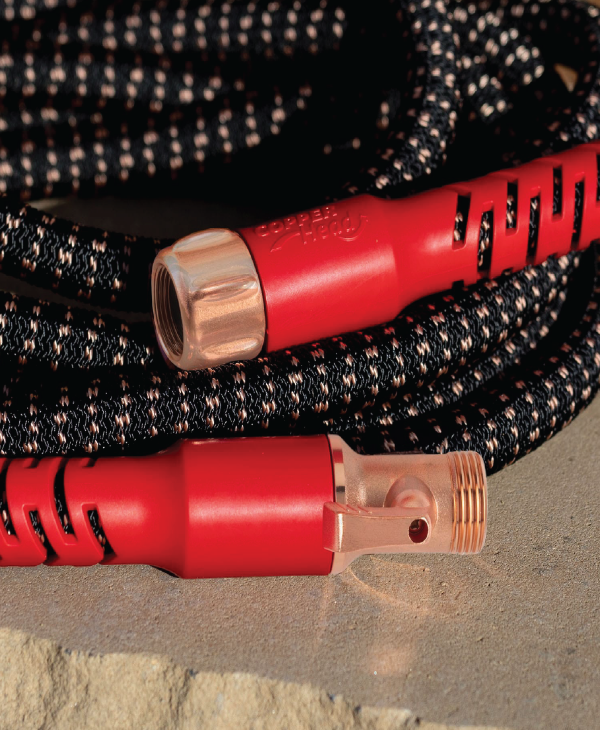
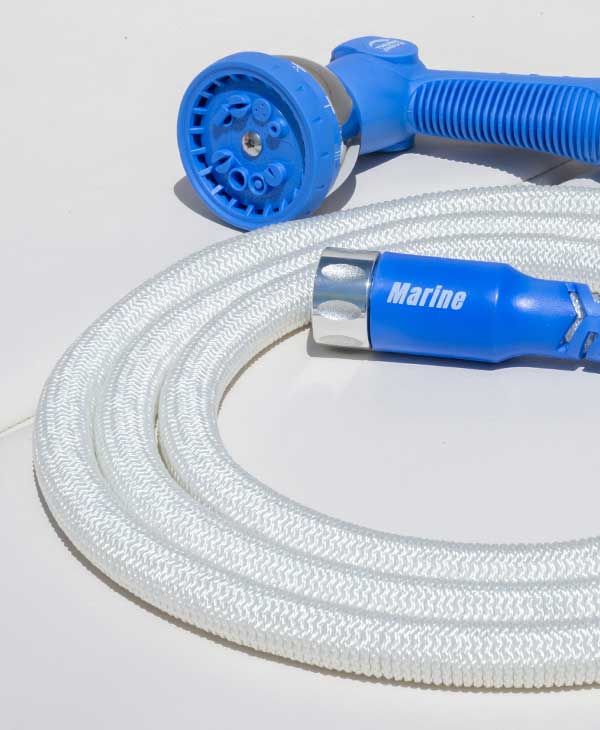
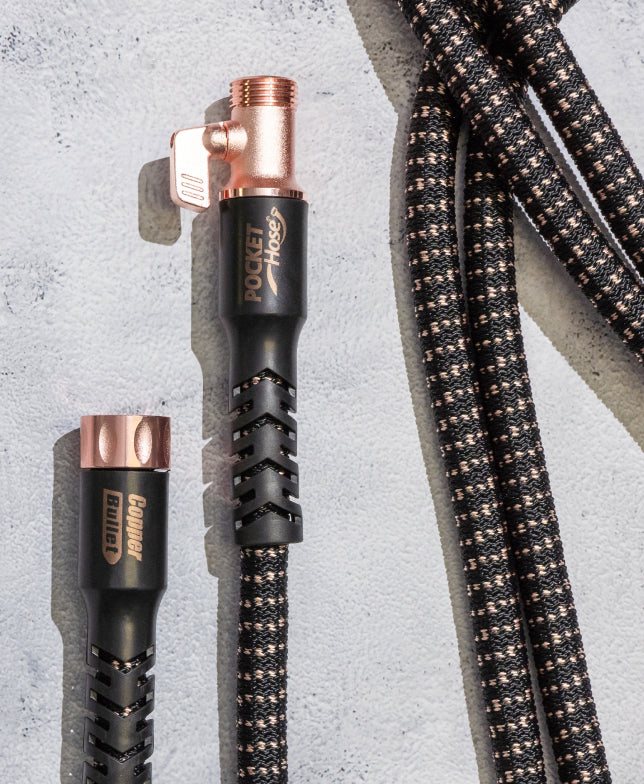
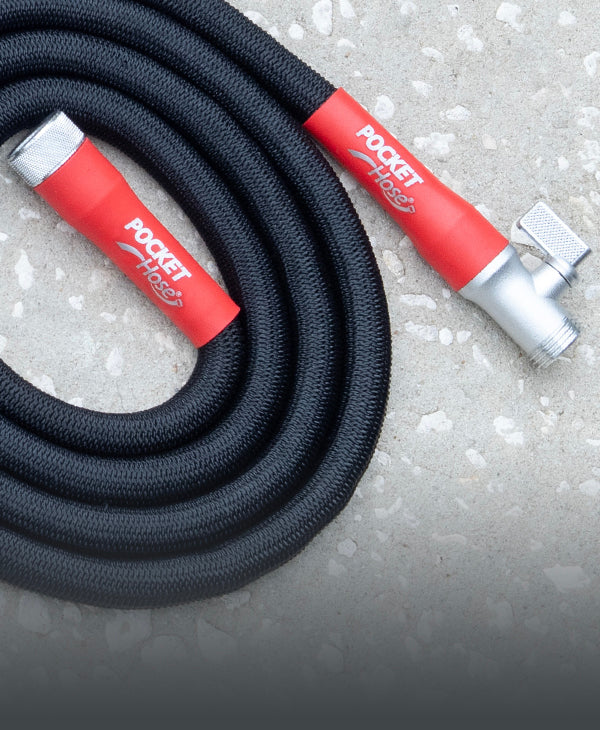
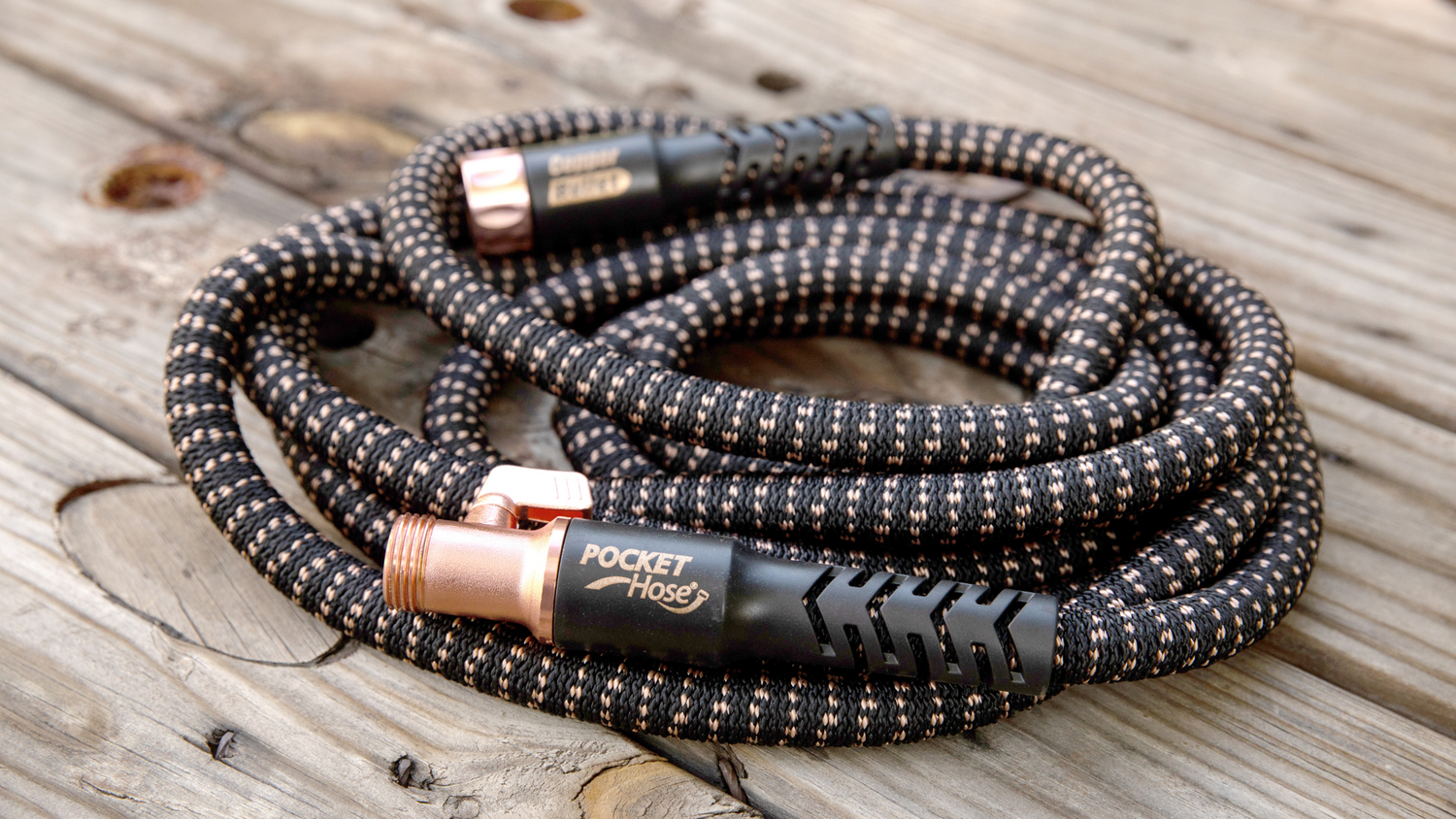
Leave a comment
This site is protected by hCaptcha and the hCaptcha Privacy Policy and Terms of Service apply.